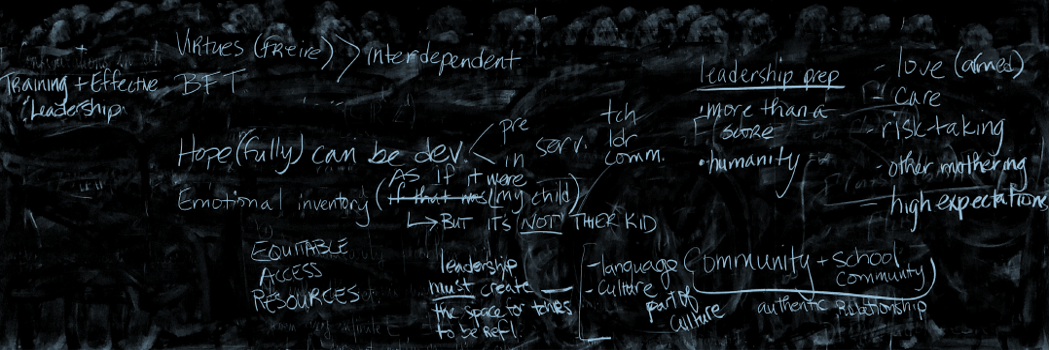I could not help wondering, when I read that “Over the last 15 years, educational researchers and theorists have decried the lack of caring in our schools” (Beauboeuf-Lafontant, 2002, p. 71), to what extent this concern about an apparent dearth of caring was part of the aftermath of the 1983 publication of A Nation at Risk. Knowing that context is always important in education, I tried to surmise what was happening in 1987, politically and socially. Ronald Reagan was President then, serving his second term. These questions: Was the concern about lack of caring in schools justified? Was it a long-term phenomenon that was only recently discovered? Or did it have something to do with specific policies and politics? might be worth discussing in class.
I found the four readings useful, compelling, and inspiring. Written over a 13-year period, they provided several reinforcing messages about the role of caring among exemplary Black female educators (teachers and principals) in promoting social justice and educational equity. Wilson’s definition of critical care as “embracing and exhibiting values, dispositions and behaviors related to empathy, compassion, advocacy, systemic critique, perseverance and calculated risk-taking for the sake of justly serving students and improving schools” (Wilson, 2015, p. 1)—although written last—provided a clarifying lens for reviewing all the articles. Several of the authors offer a convincing argument that the life experiences of Black women, deeply rooted in the intersections of racism, sexism, and classism, often result in a “particular vantage point on what constitutes evidence, valid action, and morality” (Beauboeuf-Lafontant, 2002, p. 72). Discussions here and in the other articles of this unique and powerful perspective are reminiscent of, and perhaps draw on, Du Bois’ notion of double consciousness. Bass (quoting Larson and Murtadha, 2002) points out that “the experiences that African-American women have with the intersecting systems of race, gender, and social class oppression contribute to their ability to understand and negotiate issues of difference in diverse school communities” (Bass, 2012, p. 74). The discussion of religio-spirituality as an additional root of caring and empathy was a welcome focus in two of the articles, which gave voice to this under-investigated aspect of human experience in informing professional judgment and motivation.
One additional thought: as a community school practitioner and advocate, I kept thinking that Wilson’s principal—as competent and caring as she is—needed some community partners to help respond to her students’ needs. Knowing that, in most urban schools, one-third of students fail school-based vision screenings, I worried that the one child she was able to help obtain glasses may have represented scores of others equally in need. Where are the Lions Club or Warby-Parker in this scenario?



